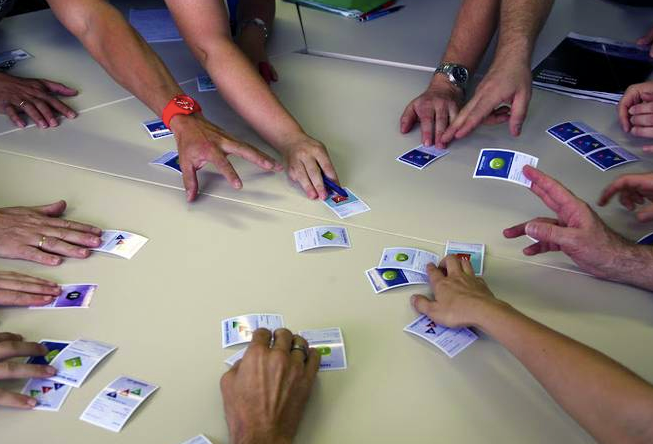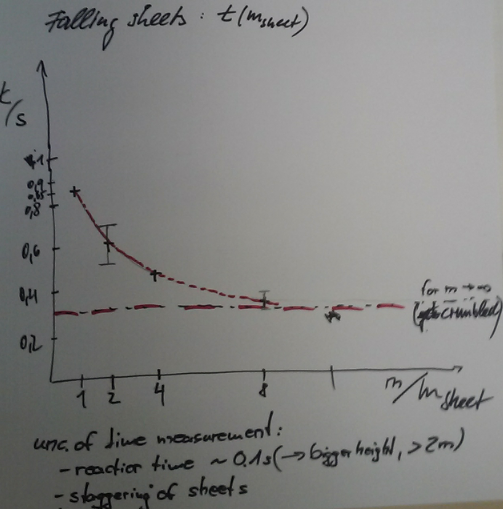QuarkNet an der Elbe: A lot of water under Augustusbrücke
|
Well, last week was Thanksgiving (which the Cecires an der Elbe did celebrate on the weekend with wonderful friends here) and a travel week so this post comes after all that. There has been much water under the bridge, in this case Augustusbrücke, one of my favorites, which crosses the Elbe between Dresden "Old City" and Dresden "New City", both of wihich qualify as old by our U.S. standards. Monday last week I went with some IKTP physicists to a small high school in Löbau, not far from the Polish and Czech borders, where we did what Netzwerk Teilchenwelt calls a "National Masterclass." In QuarkNet, we call these Masterclasses@School. The physicists, ATLAS folks, prepared the students for the ATLAS W-path masterclass measurement. One of the definitely cool parts was the use of the NT particle cards, which look like playing cards but have elementary particles with all of their information. The class was divided into two groups and, before the students were given any clear look at the Standard Model, they were asked to organize the cards as they saw best. Then, in an innovation that occurred just that day, each group switched places save one member, who explained their organizational scheme to the visiting group. After that, the students were shown the Standard Model chart. I was also with colleagues in Magdeburg for a Netzwerk Teilchenwelt workshop Tuesday through Thursday (see plaintive wail in the previous post). The workshop was mostly for young physicists who deliver learning experiences at schools, so there were some interesting folks there from all over Germany. I met cosmic ray people, one cosmic ray and Rasperry Pi person, and plenty of masterclass people. I was able to present on the CMS masterclass and on building rmasterclass measurement results in a low tech way, using sticky notes and a cheap kitchen scale. (There is a website for it tucked away in a corner of the Masterclass Library.) Things did not exactly stop this week, either. On Monday, I gave my first seminar for pre-service physics teachers.* It was about the panoply of standards that U.S. physics teachers face: NGSS, state standards, AP, IB, NCC-1701, etc. There were two take-aways: (1) many of the systems of standards come down, in terms of a driving scientific methodology, to claims, evidence, and reasoning (look for this theme in a future QuarkNet workshop near you) and (2) it is fun to drop paper on the floor if you have a meter stick and a stop watch. I had the additional fun yesterday of helping our IKTP director, Michael Kobel, prepare his demos for a public lecture on cosmology. The best part was a well-crafted set of coupled pendula for demonstrating neutrino oscillations. (Jon and Shane, e-mail me.) Finally, things you can do with small paper products: |
|
You can stiffen the paper up, add a lot of information about elementary particles, and then let students at it. They might come up with a new take on the Standard Model. |
You can stack the papers and drop them from a horizontal position to see how air resistance works on them. You might get this result. |
* I think I asked you a few weeks ago to stop laughing.


